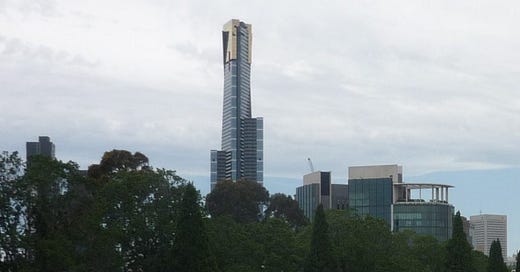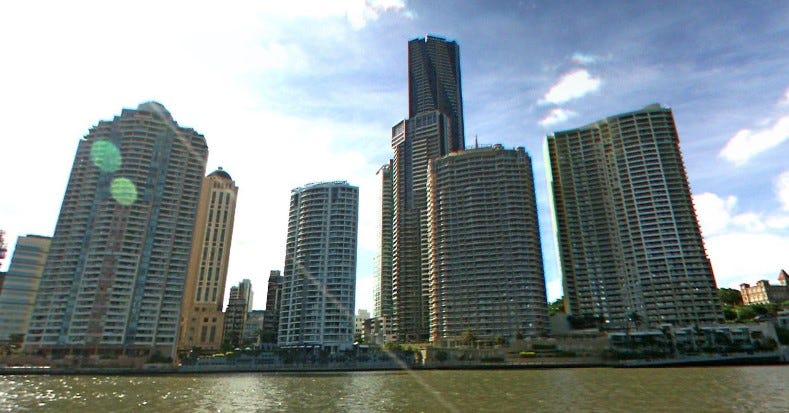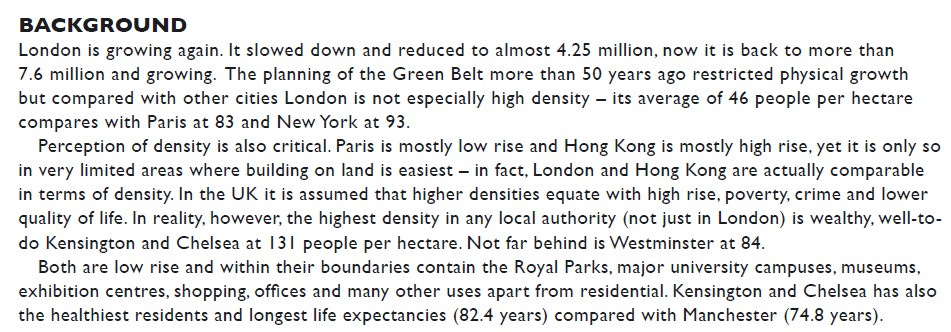What is happening on the 9th floor – building up
Measuring floor level values needs to be checked so they are not biased towards high-rise. A Google search will give a comment like ‘units located on higher floors are associated with higher-sale prices’ (San Diego). Read a bit deeper and the San Diego report identifies ‘the ninth floor is just high enough to get a major shift in trade-off between the negative travel effect and the positive ambience effect’. Bias here comes from only measuring high-rise vs. high-rise. A Melbourne Report of the Southbank area included a mix of building heights found: ‘Heights are considered to be of low desirability at single story and at heights over 10 storeys (p86)’ you should also note ‘Higher building footprints do not deliver higher densities than mid-rise buildings (p116)’.
Travelling on Brisbane river ferry in 2011 it did look like the tallest buildings were built along the river’s edge, blocking any water views for buildings inland no matter how tall, so it is interesting to read in Brisbane ‘over the past ten years mid-rise apartments have experienced comparatively high median price growth and are now similar to high-rise apartments in this regard’ (High Rise or Boutique, by Lachlan Walker). Views do play a part in property values (especially water views), so the more high-rises built, the more surrounding buildings lose views premiums. Now we should ask is it true people are willing to pay a premium to live in shorter buildings over taller buildings? - ‘Low-rise buildings having a higher average capital growth overall’ (Walker).
All over the world boutique buildings looks different. In my opinion culture does not have much effect on the structural design of high-rises. As an example in Hong Kong, modelling showed ‘negative floor-level premiums (starting from the 8th floor)’ [and] ‘Units in taller buildings were sold at a discount compared to those in shorter buildings [and] there was a positive and significant premium for shorter buildings over taller buildings (p11). The report writer’s conclusion is ‘we believe that revenue will not strictly increase with building height, but rather comes down’. (Floor-level premiums in high-rise and low-rise buildings: Dr S.K. Wong)
Referencing ‘Terry Farrell: Manifesto for London’ people assumed that higher density equates with high rise when in fact the communities with the highest density in the UK live in low-ish rise dwellings, and are very wealthy and healthy.
We need to talk about what extra risks come into play between the 8th and 10th floor, eg. 9th floor, why in Southbank Melbourne, did people considered living above the 10th floor to be of low desirability? Why in Brisbane do low-rise buildings have higher capital growth? In Hong Kong what happens to floor-level premiums starting from the 8th floor?







